Career Information
- Although hospitals will remain the primary employer, a greater number of new jobs will be found in physicians’ offices and diagnostic imaging centers.
- Job opportunities are expected to be favorable; some employers report difficulty hiring sufficient numbers of radiologic technologists and technicians.
- The annual entry level salary for Radiologic Technologists ranges from approximately $37,500 to $44,000, depending on the size of the medical institution and the degree of responsibilities.
—U.S. Bureau of Labor Statistics
Radiologic procedures use X-rays that go through soft tissue and make hard substances such as bone or foreign objects show up on film. The Radiologic Technologist plays an important role in assisting doctors in the use of X-ray and other similar forms of radiation to diagnose and treat patients.
Typical functions of the radiologic technologist include:
- Explaining radiologic procedures to patients and the risks thereof (e.g. pregnant women)
- Positioning and protecting patients, adjusting equipment for correct exposure
- Taking X-ray films while observing safety procedures
- Processing X-ray films to submit to radiologist or other physician
- Assisting in the preparation and administration of contrast media
- Ensuring proper maintenance and calibration of diagnostic equipment
Some Radiologic Technologists choose to continue their education to pursue specializations in one of the following areas: Diagnostic Medical Sonography, Radiotherapy, Nuclear Medicine, Computerized Tomography, Cardiovascular Interventional Procedures, and Magnetic Resonance Imaging. Training programs in Cardiovascular Interventional Technology, Computerized Tomography, Magnetic Resonance Imaging, Mammography, Diagnostic Medical Sonography, and Radiotherapy are available in the Austin Area.
Search the Health Sciences Website
Radiology Updates
Diagnostic Medical Imaging Programs Statement on “Pass” and “No Pass”
If a "P" grade is chosen for a Spring 2020 prerequisite course, the “P” grade will not be calculated in determining the GPA for ranking purposes and could impact your total ranking. This applies to Radiology, MRI, Computed Tomography, and Cardiovascular Interventional Technology applicants. For questions regarding choosing a "P" versus a performance grade (A, B, C) please contact Department Chair Kate Verdun at [email protected].
Read moreOnline Application Submission Process
Due to public safety concerns, applications will not be accepted in person until further notice. Effective immediately, applicants for all Health Sciences programs except Associate Degree Nursing, Mobility Nursing, and RN-to-BSN should follow these instructions when submitting their application and supporting documents:
Read moreAttention! All students that have not been accepted into an ACC Health Sciences program…
All students who have not been accepted into an ACC Health Sciences program should declare General Studies in Pre-Health Sciences (Associate of Science) for their major. Once accepted into a program, the student's major will be updated.
Read more

